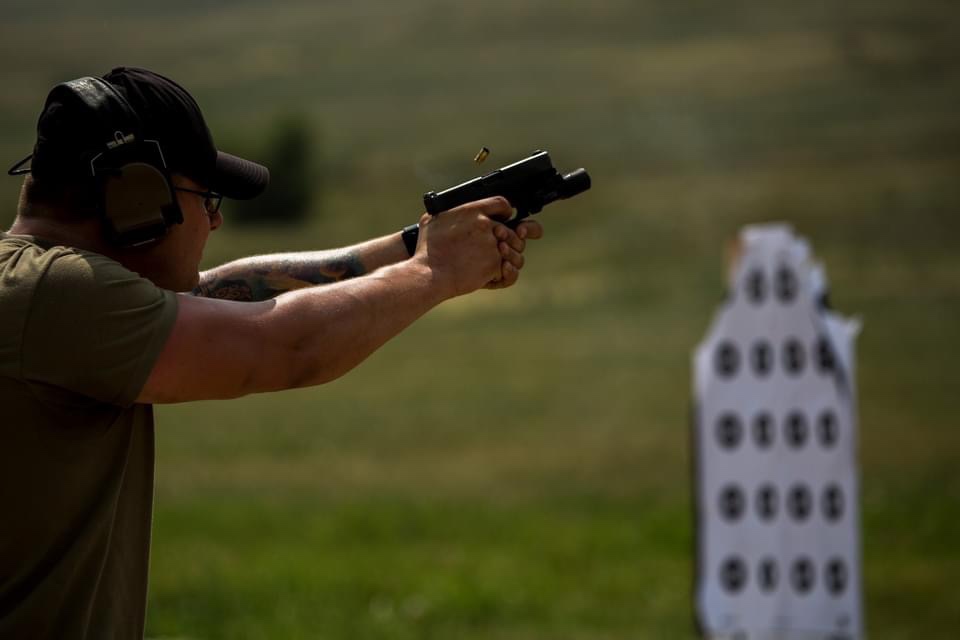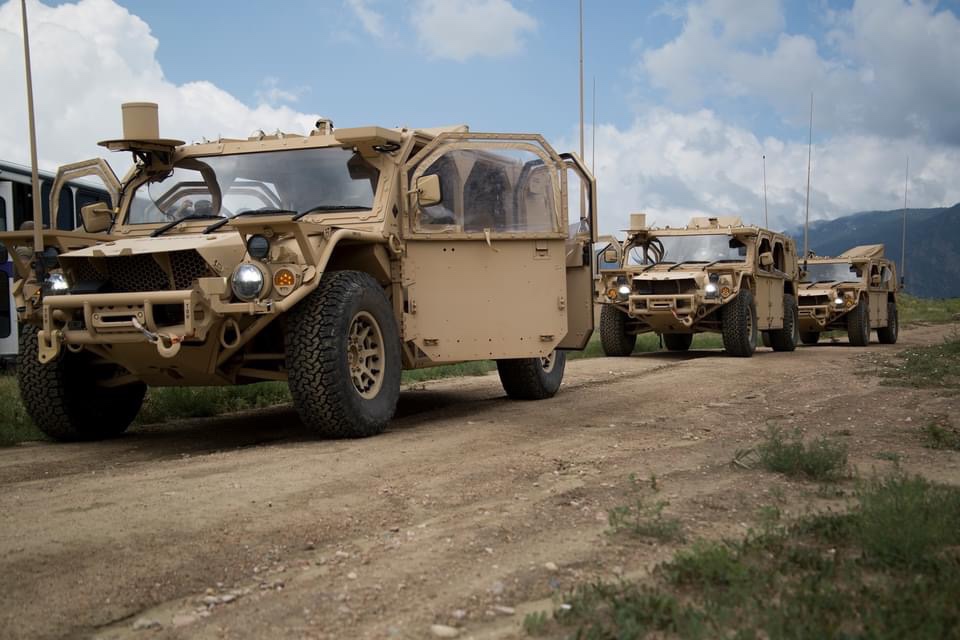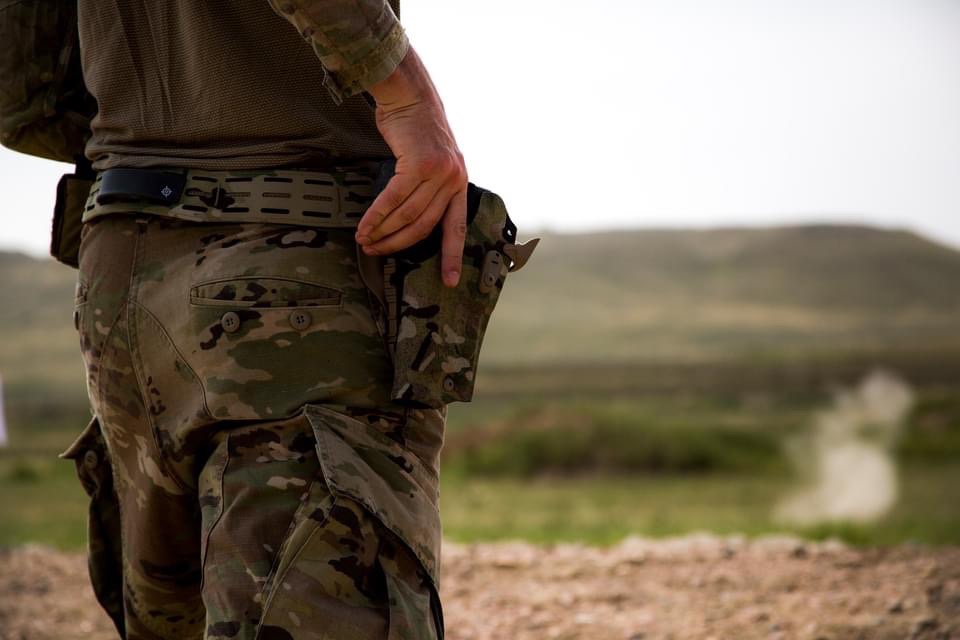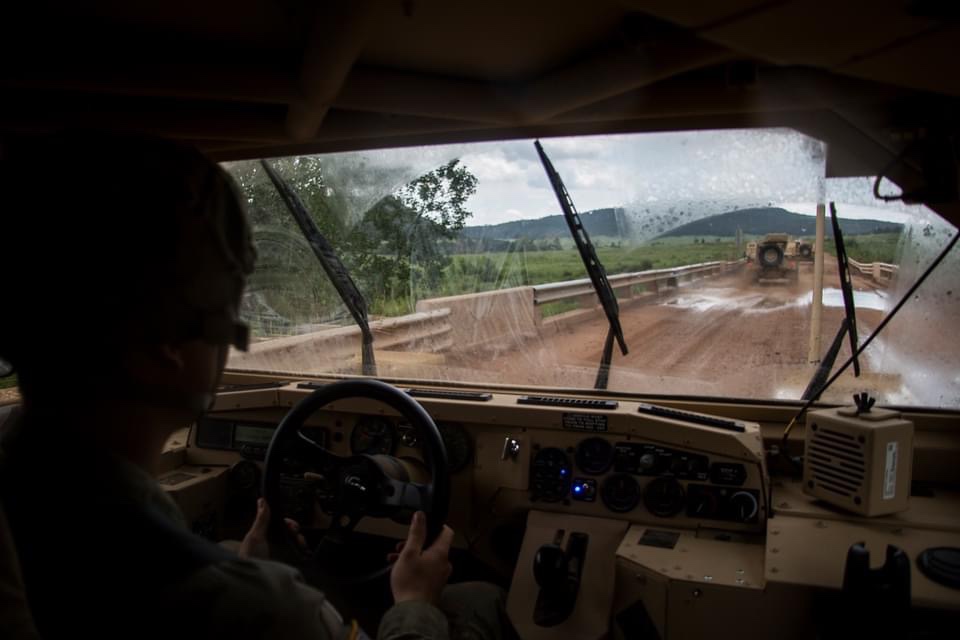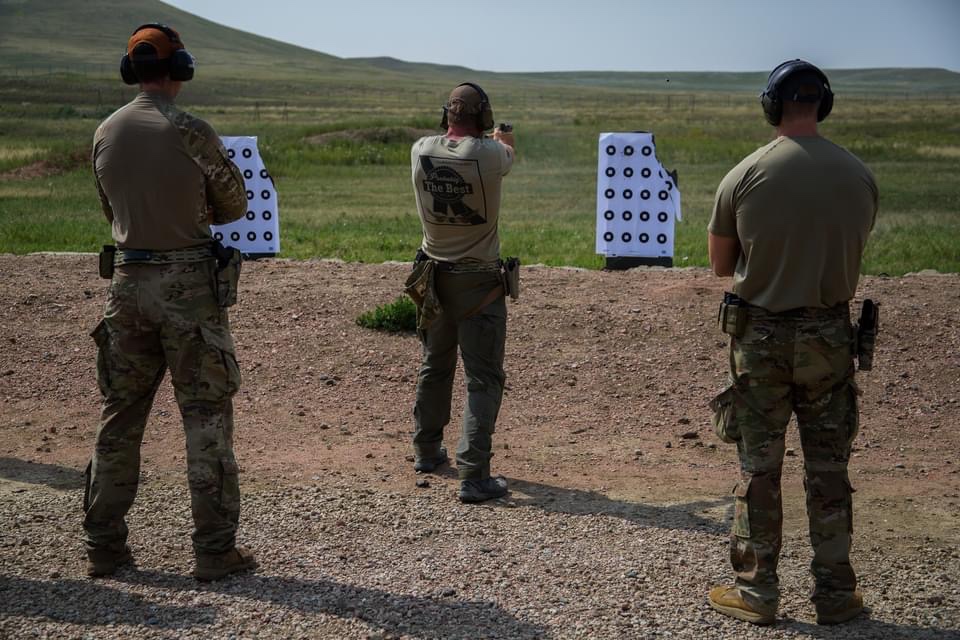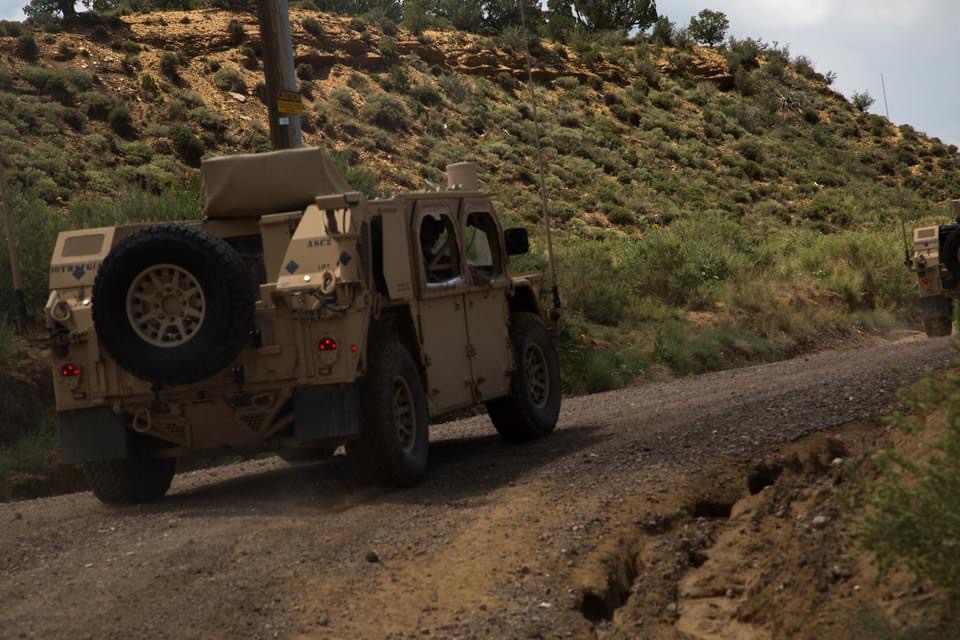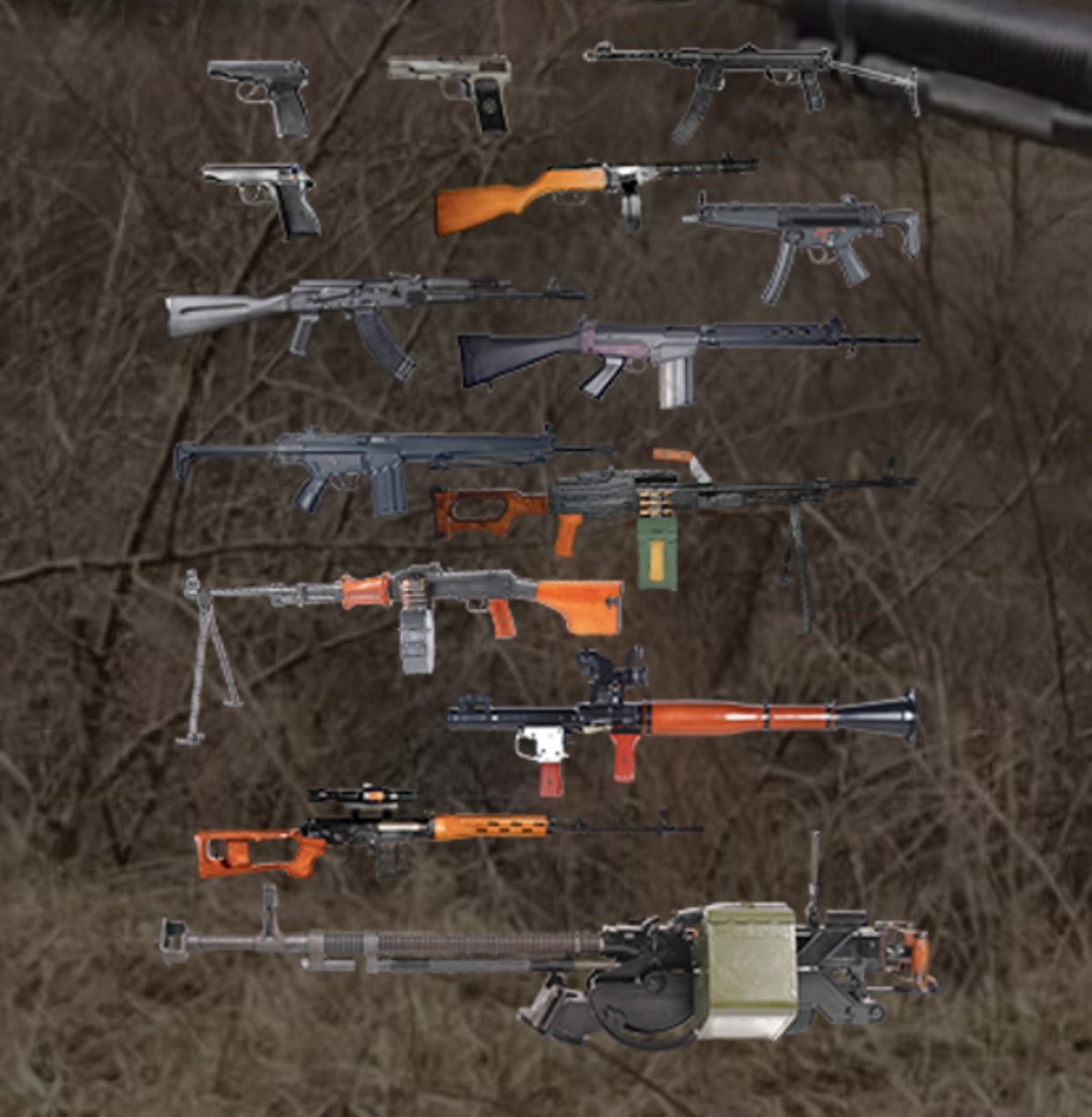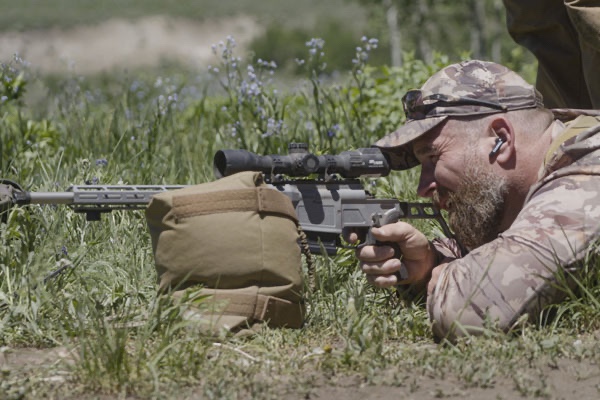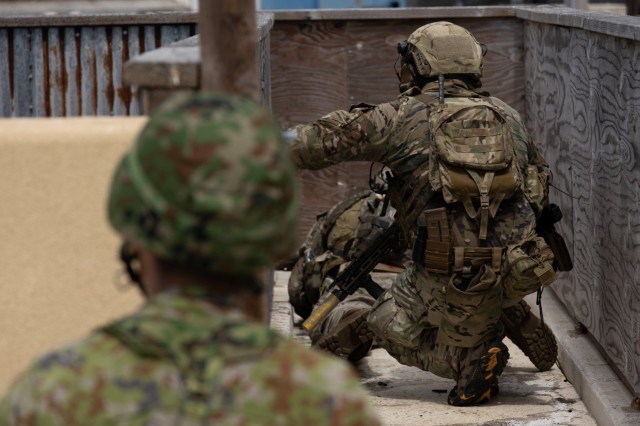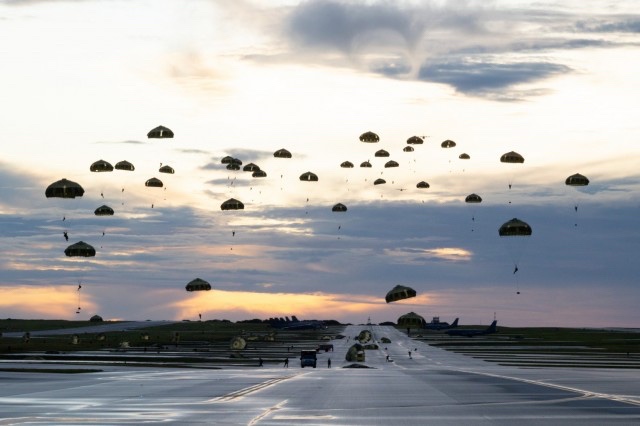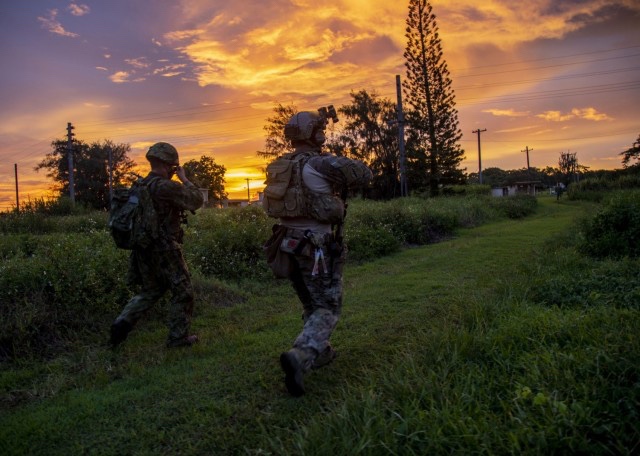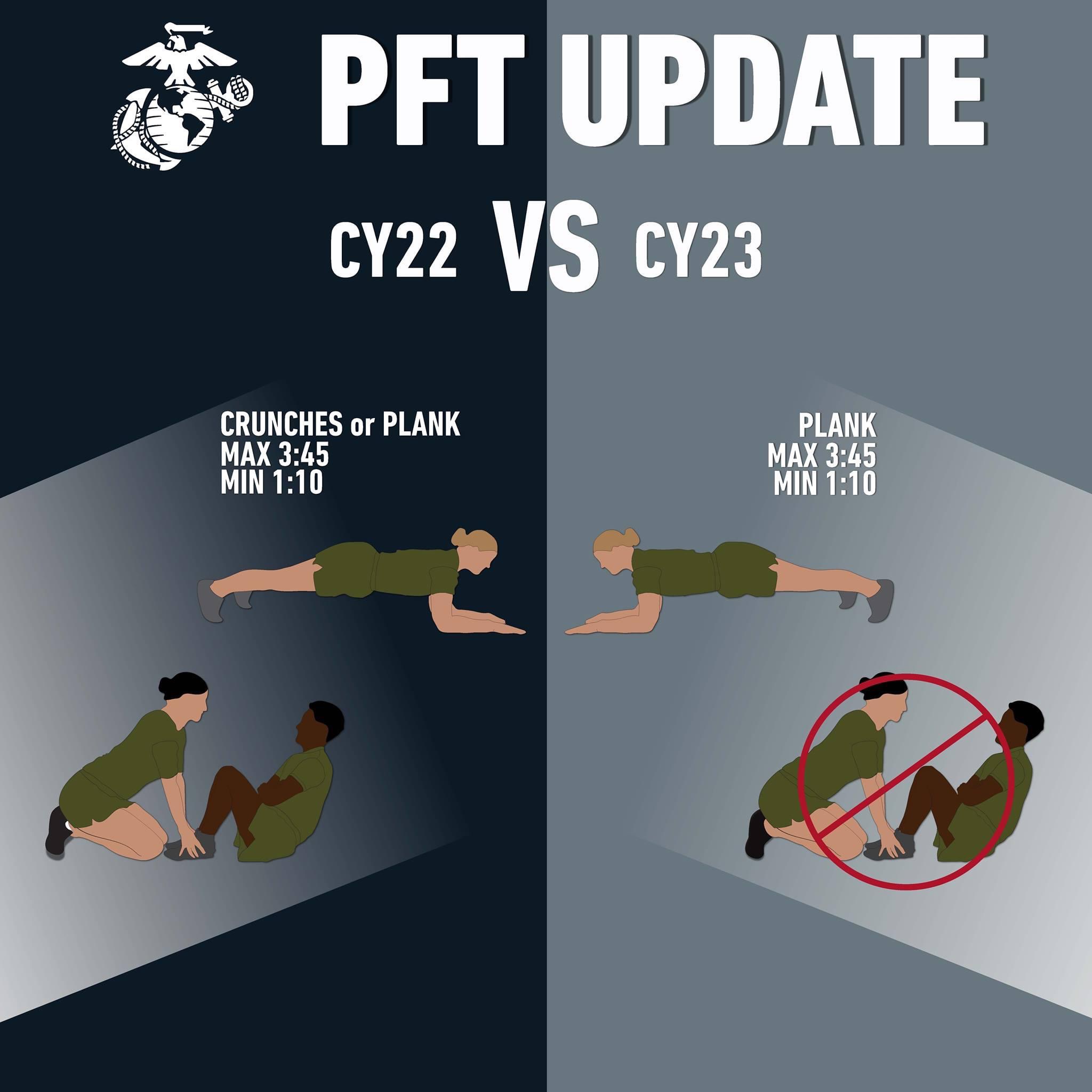With initial operations complete, Eco Defense Group is now able to disclose its extraordinary access and efforts in developing wildlife protection capabilities at the height of the COVID-19 pandemic shutdown in Southern Africa.
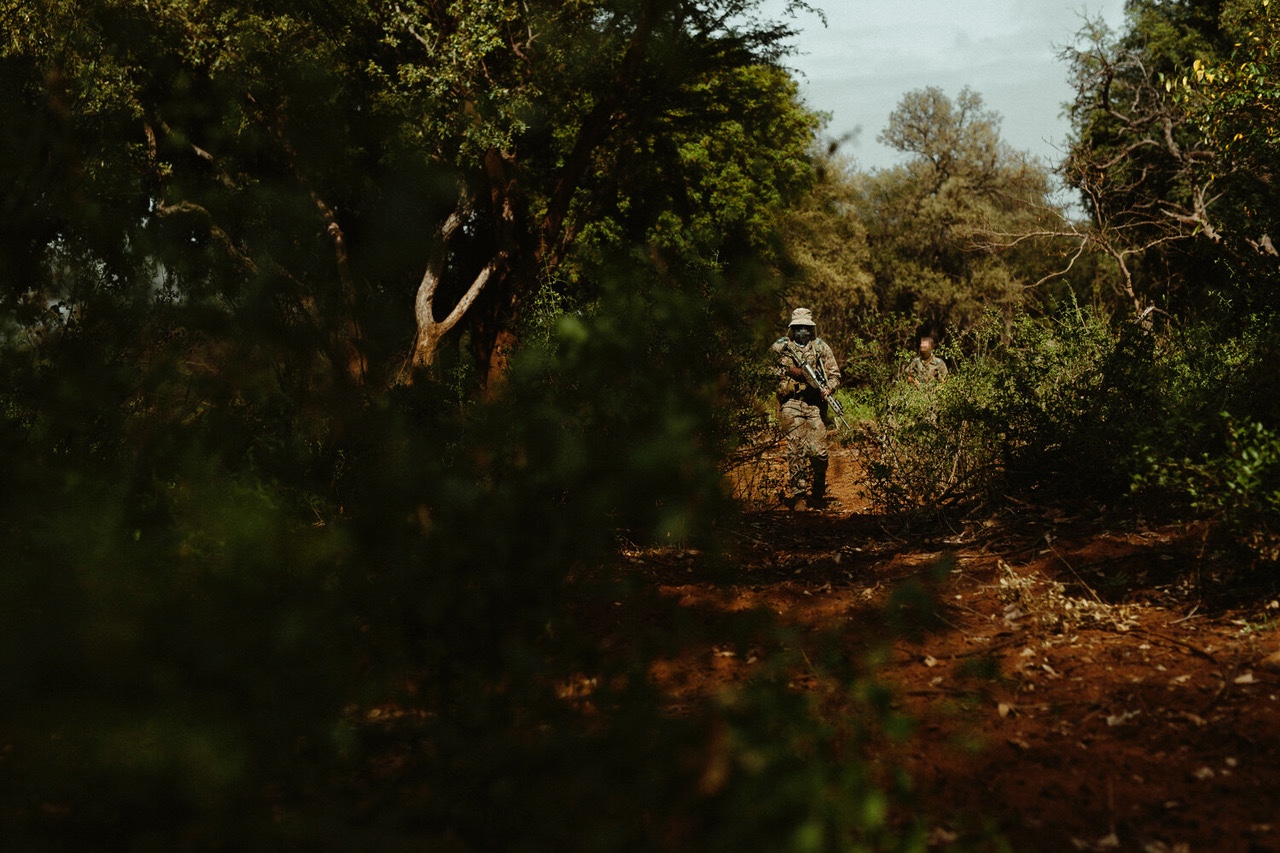
Granted exclusive and unique Travel protections via Diplomatic Note out of the Office of Defense Cooperation (US Embassy Pretoria), Eco Defense Group pursued a unique partnership with South African National Parks and was the only NGO in its space moving from the US to southern Africa during the pandemic-forced travel restrictions that began in early 2020.
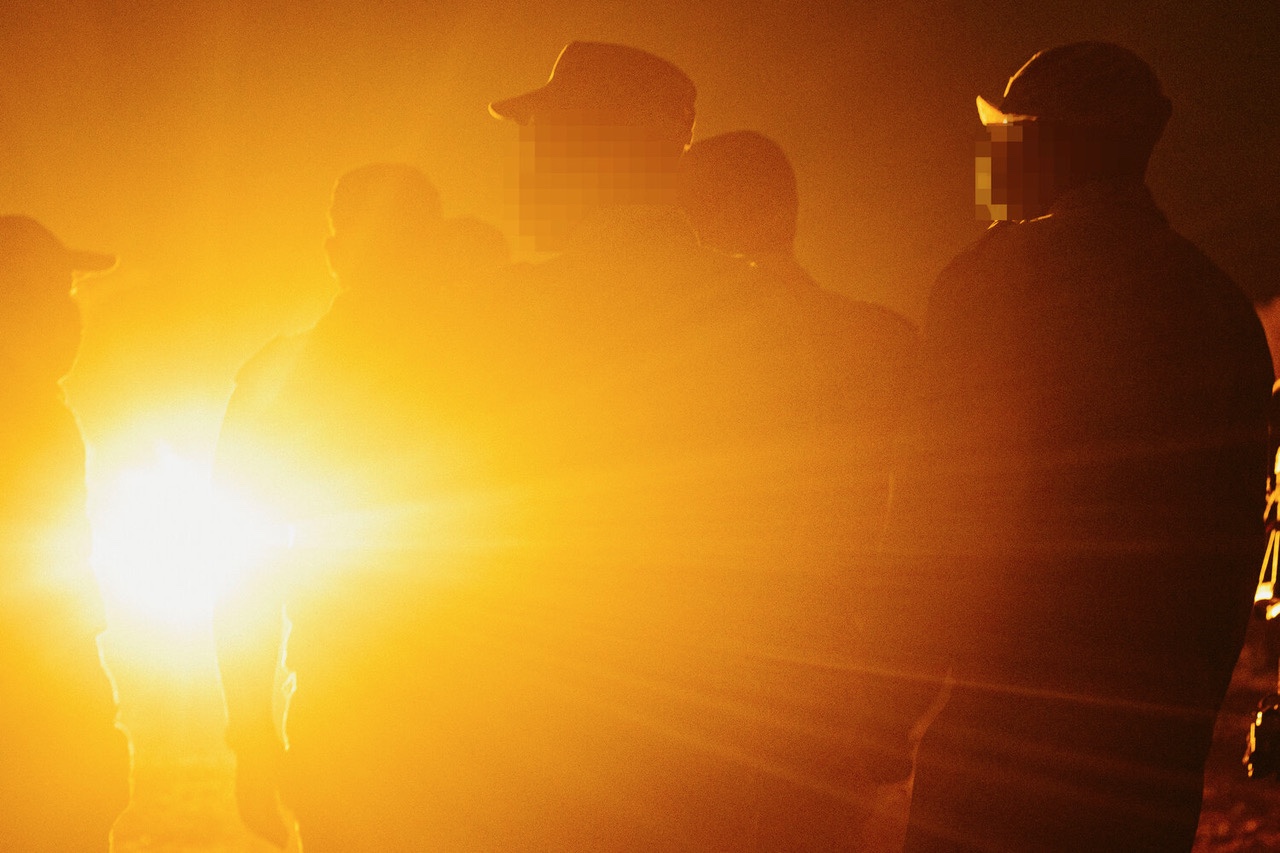
Working in South Africa, Malawi and Uganda, Eco Defense Group introduced the first ever small-team movement training program using custom-built non-lethal equipment from Evike EMG. This revolutionary technique prepares Rangers to face escalations in armed conflict.
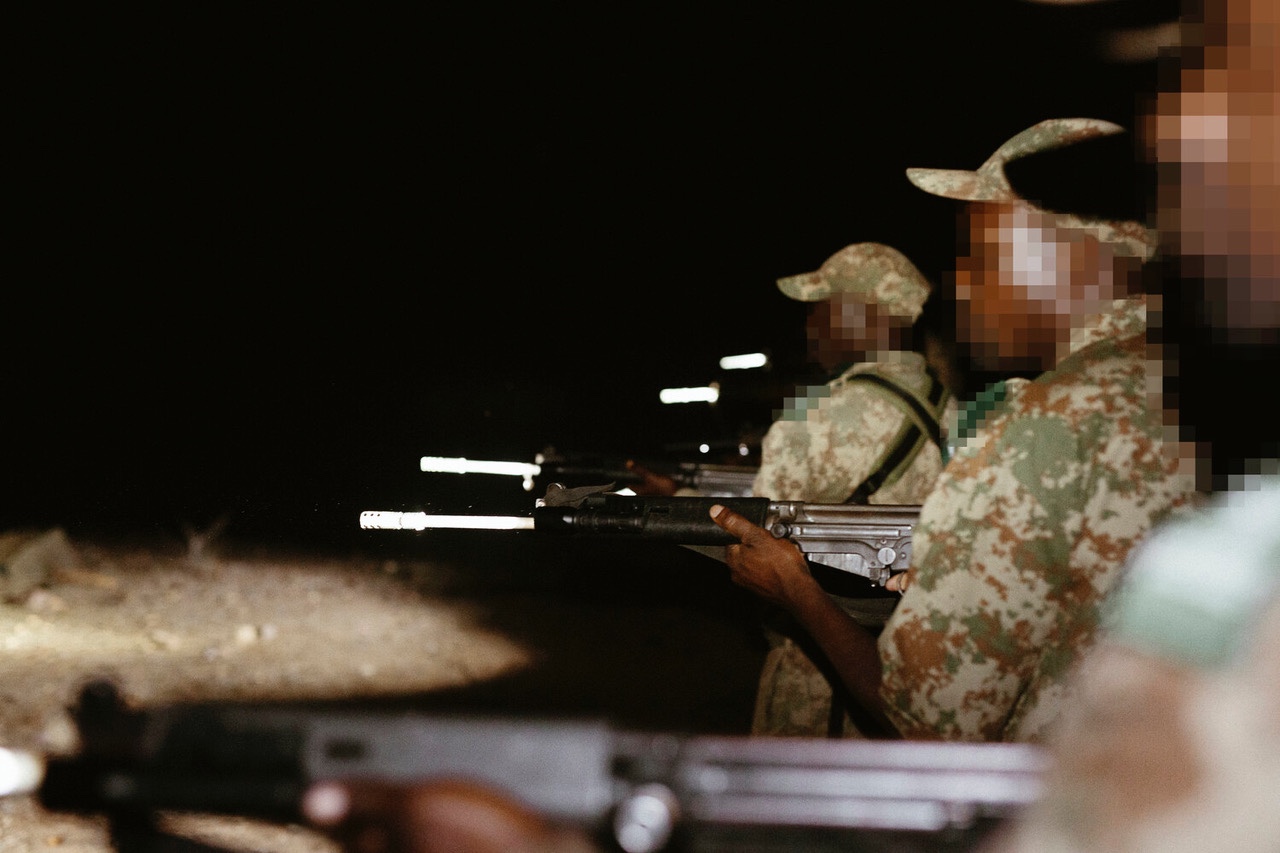
“We consult with parks that face the toughest poaching challenges. The bravest Rangers were left with no support when tourism stopped all over Africa,” says organization President Nathan Edmondson. “When the world shut down, we asked to be presented with the foremost needs facing Ranger units in areas where we are invested. Then we got to work.”

Employing new training materials including airsoft, the introduction of small unit tactics and low-light capabilities were paramount in changing the game against escalating poaching. The Park City-based non-profit brought US Army Special Missions Unit combat veterans to the frontlines of the poaching crisis to train groups of 20 rangers at a time in new techniques, specifically safe and effective movement against armed suspects, marksmanship, light discipline, communication and working with specially trained Malinois dogs to aid in arresting poachers.
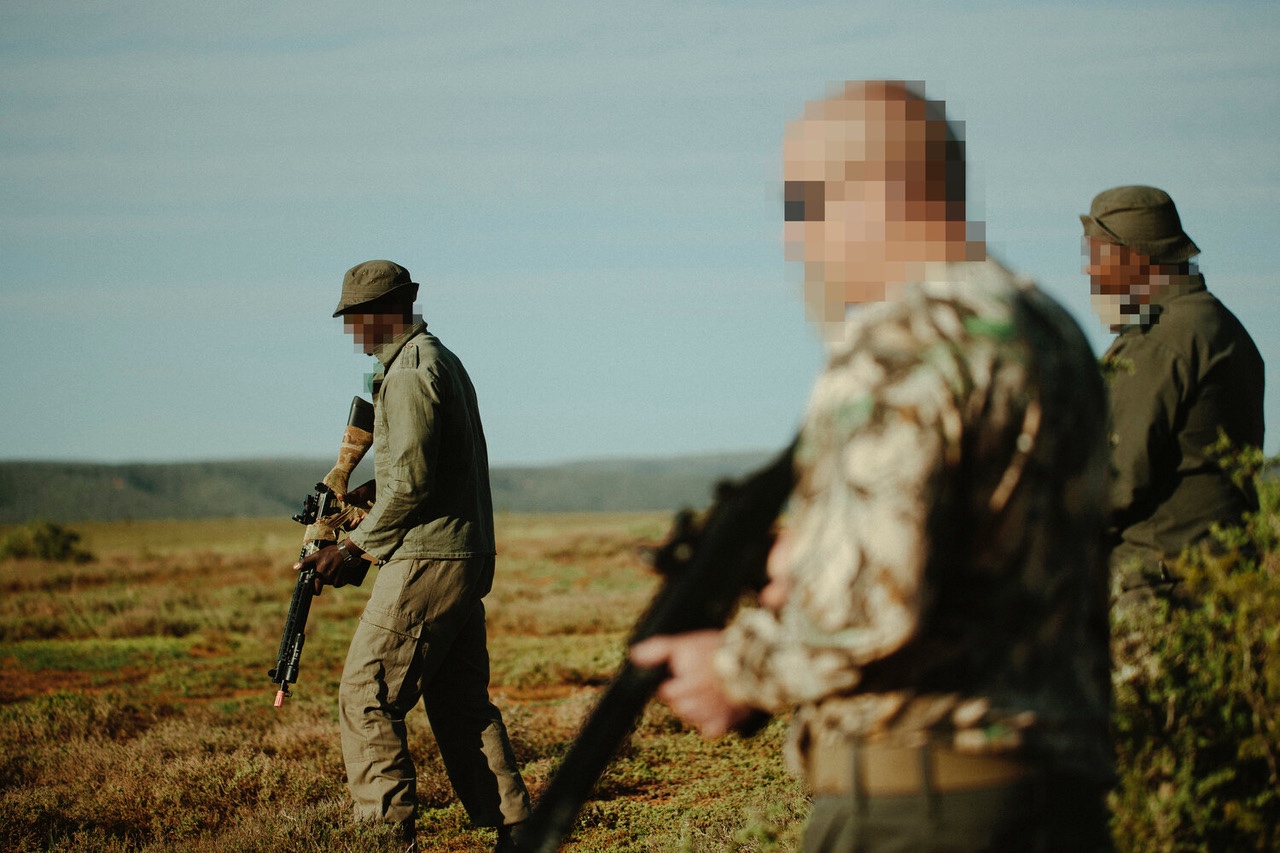
Rhino poaching has surged due to the pandemic as the loss of tourism and hunting revenue has simultaneously reduced the resources available to support protecting wildlife. Rhino, lion, elephant, pangolin and more species are targeted for a multi-billion dollar trafficking enterprise and demand has increased throughout a year of global distress.
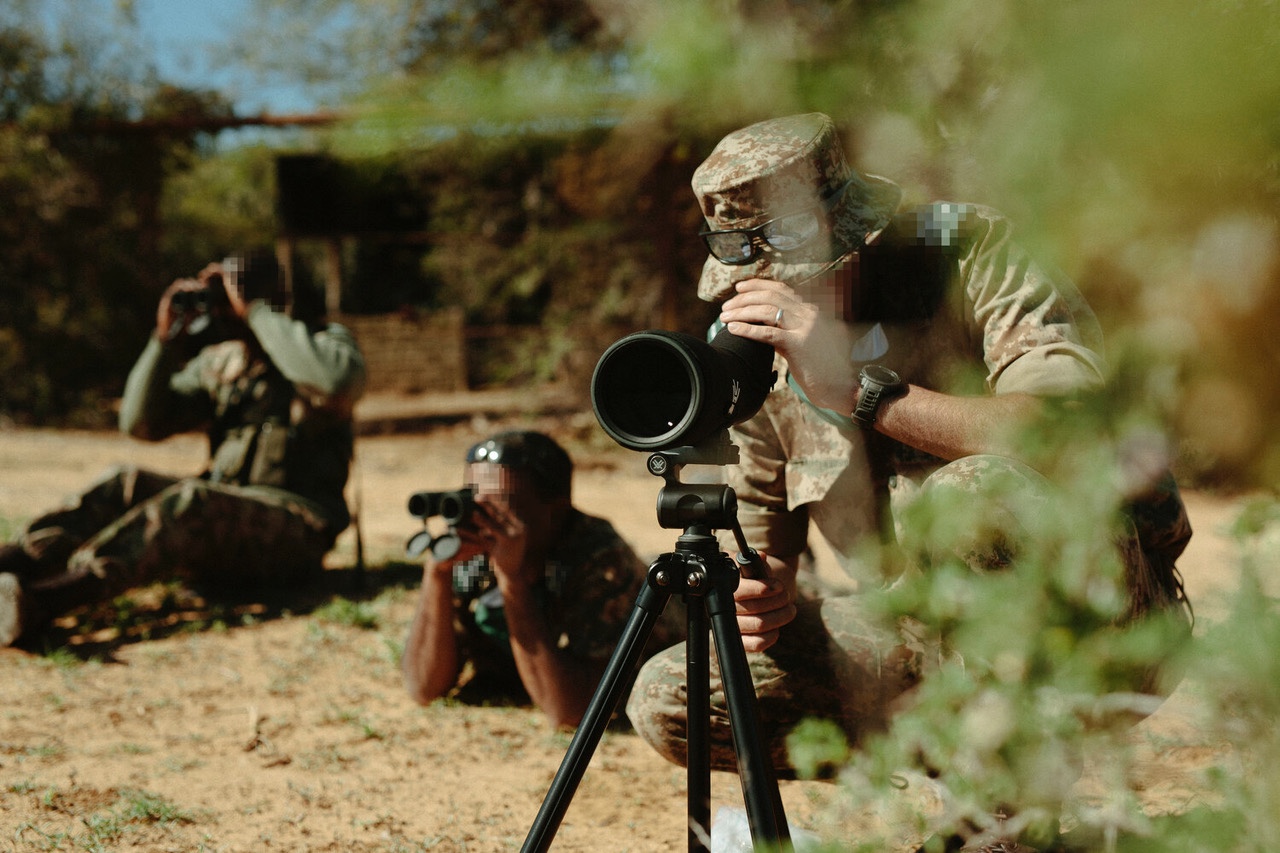
Eco Defense Group is a force-multiplier, aiming to enable Rangers to be as effective as possible. The introduction of never-before-seen techniques for patrol and contact response is vital for State law enforcement to get “left of bang,” and stop a fight before it happens.

“Due to the fact that we cannot disclose most of our work, we rely on private donor to do what we do,” adds Edmondson. “In 2020, some amazing sponsors stepped up and we accomplished the seemingly impossible.”
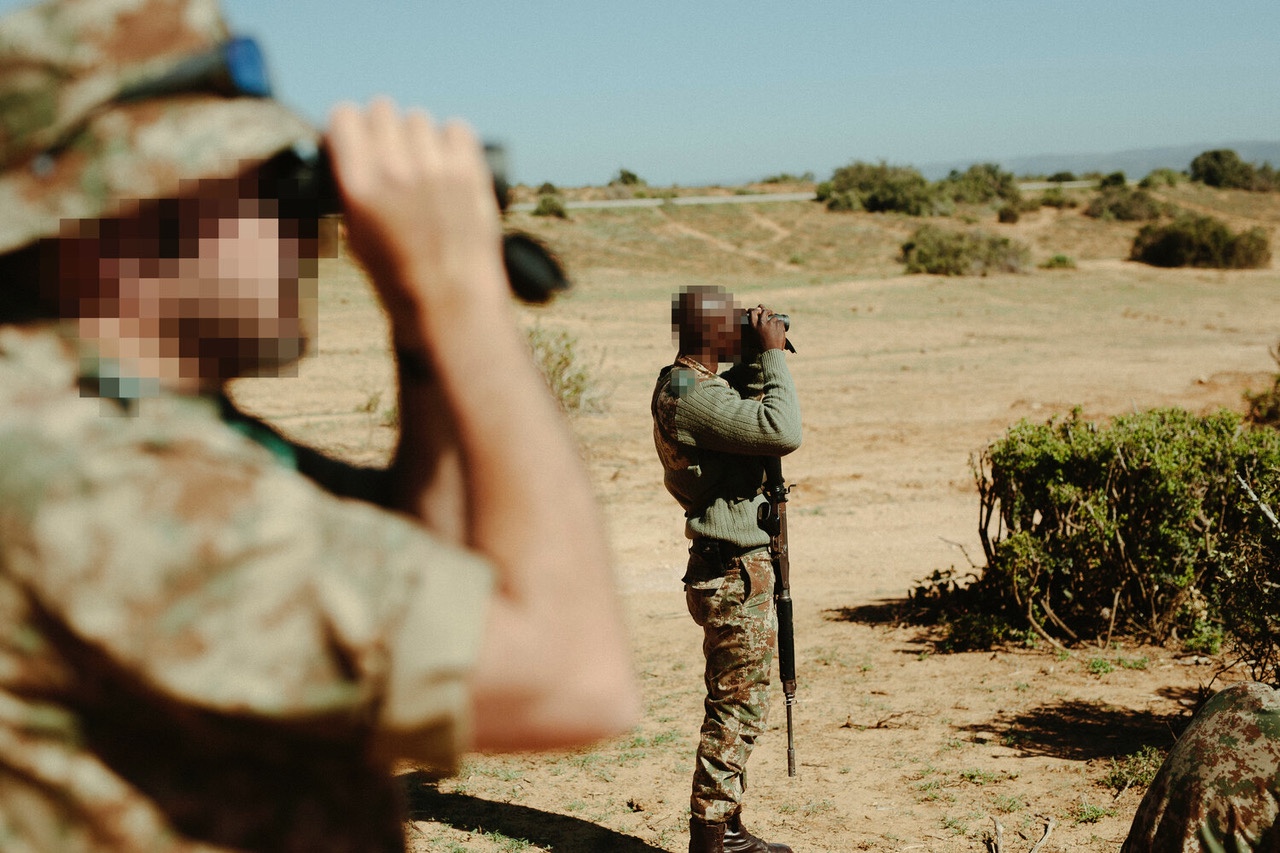
The training has been supported also by Vortex Optics, Crye Precision, Multicam, Noveske Rifleworks, Half Face Blades and Original Footwear.
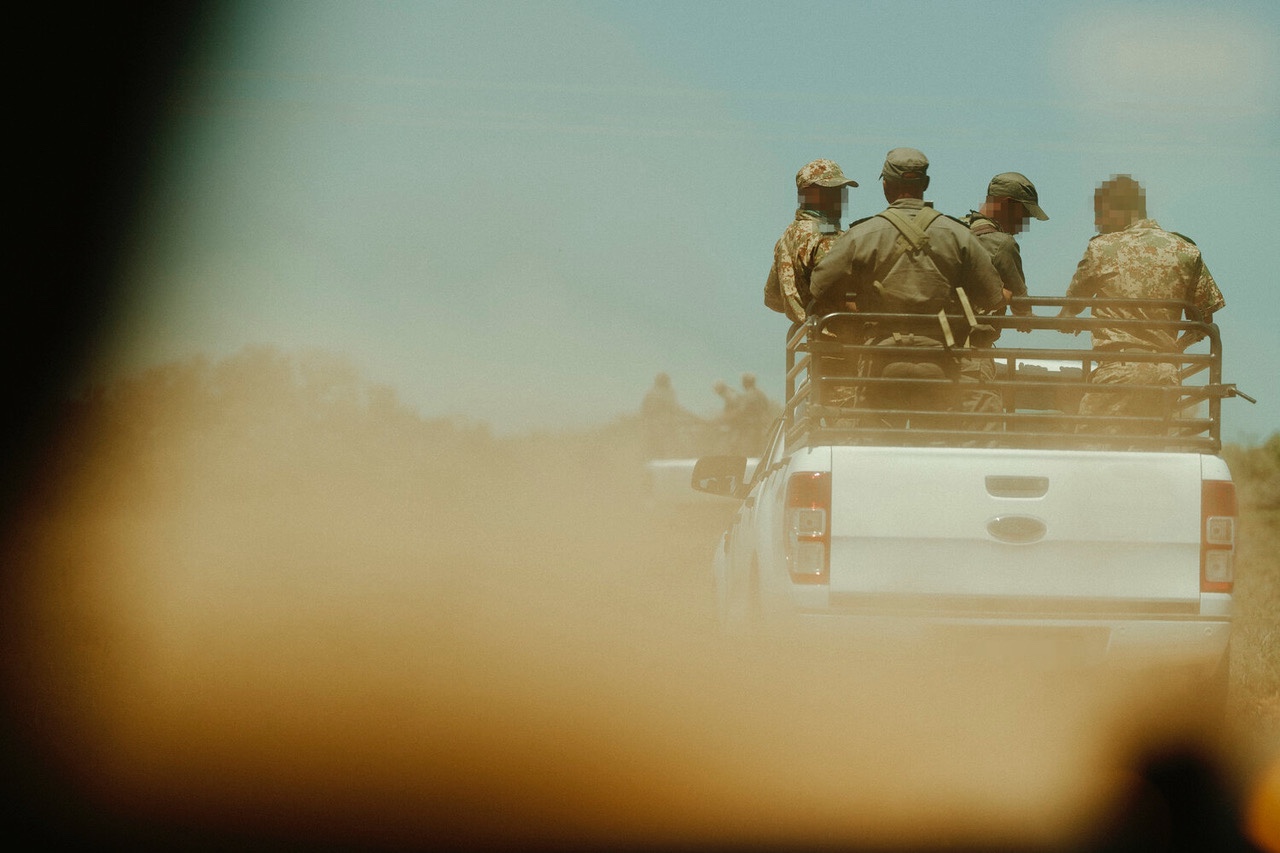
Eco Defense Group invited Muddy Shutter Media to join them for exclusive media access during the later 2020 travel months. Photos by Muddy Shutter Media/Moe Lauchert.


